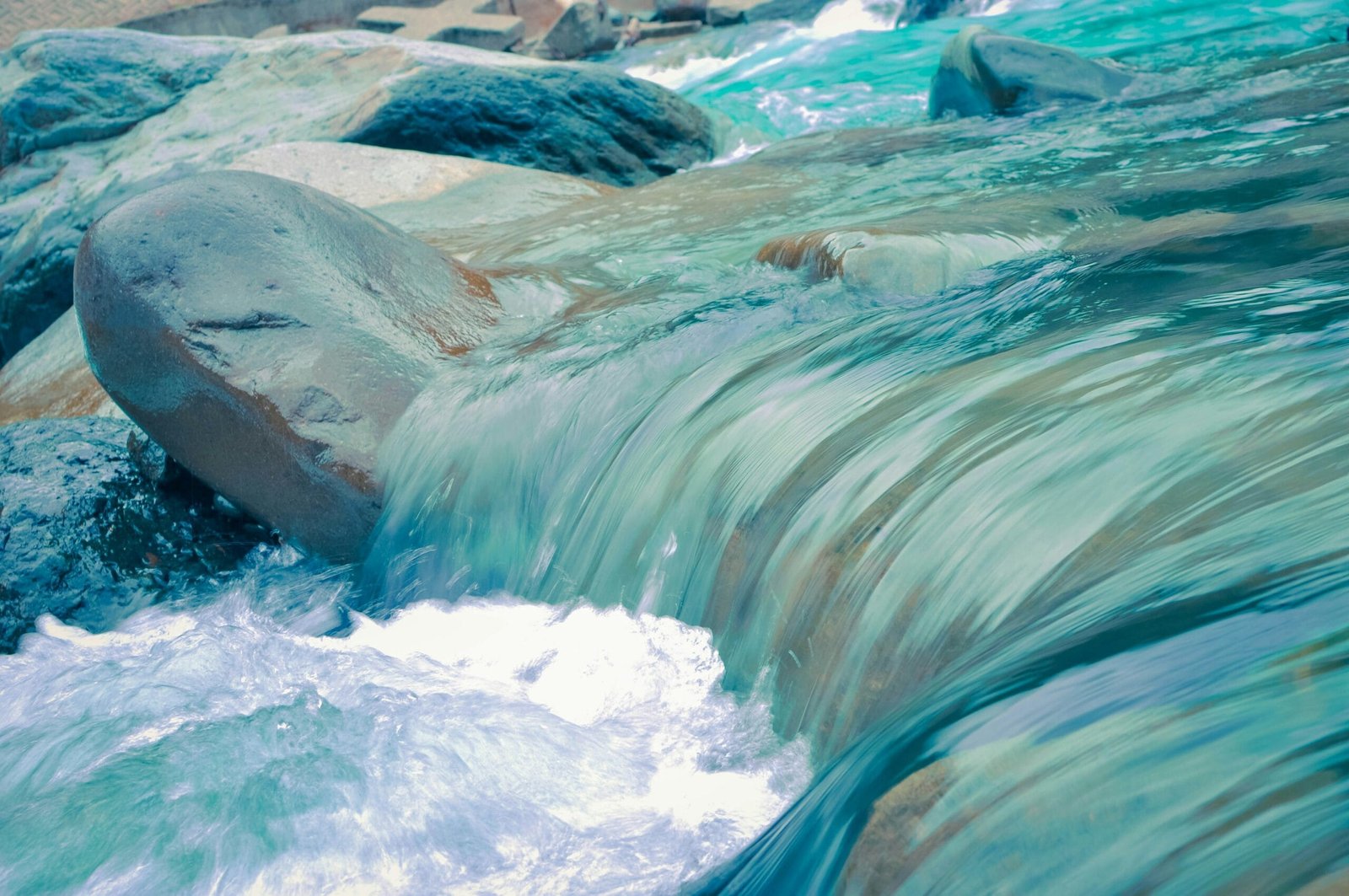Have you ever wondered what’s actually in your well water? If you rely on a private well for your home’s water supply, it’s crucial to know what you’re consuming. Ensuring your well water is safe to drink is not just a matter of taste, but one of health and safety. This might sound daunting, but with the right understanding and actions, you can keep your water safe and your family healthy.
Understanding Well Water Basics
Private wells tap into underground water sources, which means they are not subject to the same regulations and treatments as municipal water supplies. While this offers more autonomy, it also places the responsibility for water safety squarely on your shoulders. Maintaining clean and safe well water generally involves frequent testing and occasional treatment.
Why Is Testing Well Water Important?
Water is a fundamental part of life, and the safety of your drinking water is paramount. Wells can be subject to various sources of contamination, including bacteria, nitrates, heavy metals, and other chemicals. Regular testing is the only way to identify and address these potential health risks in your well water, ensuring it’s clean and safe for daily use.
Common Contaminants in Well Water
Contaminants can seep into your well from various sources. Understanding these potential pollutants helps in determining what you should test for. Here’s a breakdown of the most common well water contaminants:
Physical Contaminants
These usually impact the appearance or other physical properties of water. This includes sediments or organic contaminants that may affect the color, taste, or smell of your water.
- Sediments: These are bits of rock, sand, and minerals that can cloud the water.
Chemical Contaminants
Chemical contaminants can vary widely, from naturally occurring elements to man-made substances. Here’s what you might encounter:
Nitrates: Often a result of agricultural runoff, nitrates can pose serious health risks, especially to infants and pregnant women.
Arsenic: Naturally present in earth’s crust, excessive levels of arsenic in water can lead to health issues such as skin damage or increased cancer risk.
Lead: Usually a result of corrosion in plumbing systems, lead is toxic and particularly dangerous to children, affecting brain development and growth.
Pesticides: Runoff from agricultural activities can introduce harmful pesticides into your well.
Biological Contaminants
These are microorganisms, such as bacteria and viruses, that can be harmful to your health.
Coliform Bacteria: Presence in your water often indicates potential existence of other harmful bacteria and viruses.
E. coli: A specific strain of coliform bacteria that is particularly dangerous and indicates fecal contamination.
Radiological Contaminants
These are radioactive substances that can be naturally occurring or result from human activities. Their ingestion poses a risk to your health over time.
- Radon: A naturally radioactive gas that can find its way into well water, posing significant health risks over prolonged exposure.

Frequency of Well Water Testing
Knowing when to test your well water is crucial. Though some guidelines exist, specific testing frequency might depend on local factors and the condition of your water source.
When Should You Test?
Annually: You should test your well at least once every year for key contaminants like nitrates, coliform bacteria, and other basic parameters.
After Any Repair: Test your water after any maintenance work on your well to ensure no new contaminants were introduced.
Changes in Taste or Smell: If your water’s taste, odor, or appearance changes suddenly, it’s wise to test it immediately.
Pregnant or Newborn Household Members: More frequent testing is advised to avoid any risks, especially from contaminants like nitrates and lead.
Testing Procedures
Testing your well water shouldn’t be complicated. Breaking down the process helps make sure you’re doing it correctly.
How to Test Your Well Water
Testing often involves collecting water samples and sending them to a certified laboratory for analysis. Here’s a simple step-by-step guide:
Choose a Testing Lab: Find a state-certified laboratory that specializes in well water testing.
Follow the Lab’s Instructions: Request a testing kit and follow their protocols for collecting water samples. Make sure to precisely follow their guidelines to ensure accurate results.
Package and Ship: Securely package your samples and send them off for analysis.
Interpreting Results: Once you receive your results, the lab will typically provide information on what was found and what levels are considered safe. If the results indicate contamination, you should take steps to address these issues.
At-Home vs. Professional Testing
While professional lab testing is most accurate, you can also use at-home testing kits. These are helpful for basic checks but should not replace professional analysis, especially when high health risks are probable.

Addressing Well Water Contamination
Discovering contamination in your well water is not the end of the world. With the right information and approach, you can often mitigate these issues effectively.
Solutions for Common Contaminants
Regular Maintenance and Inspection: Routine checks for cracks or other damage to your well can prevent many contaminants.
Water Filtration Systems: Installing devices like reverse osmosis systems, ultraviolet purifiers, or other specific filters can significantly reduce contaminants.
Shock Chlorination: This can effectively eliminate bacterial contaminants through a process of high concentration chlorination.
Professional Consultation
Consulting water quality professionals can provide specialized solutions tailored to your specific contamination issues. They can help install filtration systems, perform regular maintenance, and offer advice on any necessary changes to your water supply setup.
Healthy Practices for Well Water Users
Ensuring the safety of your well water goes beyond regular testing. Implementing good practices will not only improve water quality but also extend the life of your well system.
Protective Measures
Secure Well Cap: Ensure the well has a secure, watertight cap to prevent contaminants from entering.
Distance from Contaminants: Keep hazardous materials or activities, like chemical storage or septic systems, away from the well.
Conservation Mindset
Being mindful of water usage not only saves water but keeps potential contaminants from concentrating in your water supply. This means fixing leaks and using sustainable practices to maintain water quality.

Conclusion
Managing your well water involves understanding potential risks, regular testing, and employing preventative measures to ensure safety. It’s proactive work, but the payoff is high—a continuous supply of clean, safe water for you and your loved ones. Whether it’s knowing which contaminants to test for, how frequently to conduct these tests, or implementing effective treatment solutions, each step you take strengthens the safeguard around your water supply. Now, your water can remain as refreshing as it is secure.
